Book Review - Angela Carter's The Bloody Chamber

Published by: Penguin Classics
Publication Date: 1979
Format: Paperback, 176 Pages
Rating: ★★
To Buy
A young and blushing bride is rushed by her new husband to his isolated castle. She doesn't love him, but he is wealthy, and that decides her mother. Once in his domain he subjects her to humiliations and sexual sadism. Yet this is just his character. A character that will test his new wife beyond sanity. For he purposefully leaves her alone to her own devices and she finds that which brings her husband joy. Torture. Murder. Death. All his previous wives' corpses in the cellar. All brutally slain at her new husband's hand. Man's baser desires and his ability to overcome or embrace them run thematically through these ten classic stories which are reinterpretations and retellings of some of the most famous of fairy tales. Or distillations if you will, as Carter said, "My intention was not to do 'versions' or, as the American edition of the book said, horribly, 'adult' fairy tales, but to extract the latent content from the traditional stories." Beasts from vampires to werewolves stride across the pages of Carter's collection. Some of the beasts look dangerous but are truly kind, while man may look harmless yet he can be the most dangerous of all. And while they are adult, brutal and sensual, they aren't just versions, despite Carter not wanting them to be labelled as such she can't escape the classification, but they are something more. They are subversive, they are feminine, they are something entirely new that spawned many imitations and inspired many authors with her magical realism. They are their own thing, but the beginning of something new is often not the best or the final version of what was attempted.
There is no doubt in my mind that The Bloody Chamber is a classic. Female empowerment through the retelling and restructuring of fairy tales was at the time it was written original and has now evolved into a subgenre all it's own thanks to the groundwork laid by Carter. Yet because something is a classic doesn't mean it's enjoyable. Yes, you can have admiration for something that you just don't quite like, and that's how I feel about this collection of short stories. I feel as if they were written to be studied, not enjoyed. Carter was pushing boundaries, establishing ideas that would development into today's literary tropes, but these stories come across as experiments, some failing and some succeeding. As a whole they are overly written with obscure words meant to be studied for hidden and double meanings. This style of writing doesn't really flow. It has meaning but that doesn't mean it's fun to read. Of the ten short stories the titular story is the strongest. Based on "Bluebeard" this overly sexual story plays with the underpinnings of the original tale of a beastly marriage and allows it to become somehow modern with the introduction of technology and also feminist with the bride being saved by her mother instead of her brothers. Yet what I was forcibly struck by is how this story has effected other storytellers. You can see how it influenced Susan Hill's writing of The Woman in Black. But more importantly, I defy you to think of any world in which Guillermo del Toro could have made Crimson Peak without The Bloody Chamber having existed first.
Despite how groundbreaking a collection this is there is a repetitive quality that just grinds on you. Carter is in several instances taking the same source material and trying to spin it into a different interpretation. Of the ten stories two are based on "Beauty and the Beast" while three, almost a third of the book, are based on "Little Red Riding Hood," though one of them, in a way I can not fathom, supposedly incorporates Lewis Carroll's Through the Looking-Glass, and What Alice Found There. Was it the mirror? Please someone explain this to me! So when you get to the end of the book and you have three stories all coming out of the same source, you might like the first, by the second you feel as if you've already read it, and by the third you are just sick of the story. It doesn't help that she literally uses the same turn of phrase again and again. Observations, words, structure, they add to the repetitive feeling. Yet if we were to take a bigger view, using the same theme, the same story, the same language over and over is like an artist creating a series of paintings. There's a unifying theme. There's a similarity. There's something undefinable that the artist is bringing to the work that makes them all a unit. So while the stories in The Bloody Chamber might repeat, might make clunky transitions from one story to the next, I find it fascinating how you are looking at her process. You are seeing her develop a series of ideas. Like the visual artist, she is working through shit, and as I've said previously, that is why this collection is interesting. You can studying it, you can break it down, and you can see how she's working through it.
Carter isn't just working through concepts, she's also working through ways in which to tell a story. So yes, occasionally the stories can end up feeling like writing exercises watching how she plays with narrating the story, but never once did it slip into that smugness that defined the "codas" in John Scalzi's Redshirts. There it felt like pretension, here it feels like experimentation, and that is the saving grace. The two stories that play with this the most are "Puss-in-Boots" and "The Erl-King." The later story is almost incomprehensibly dense and there's a weird disconnect with the narration slipping between second and third person, and yes, I will always have issues with second person narration, there's something about it that rubs me the wrong way. Yet "Puss-in-Boots" works in switching between first and third person. The slipping between the two from personal to detached just becomes the personality of a cat. Through this little narrative slip she is able to make her whole story imbued with the personality of her protagonist. So while I may criticize this roughness to the stories, this literary exercise feel, sometimes it works so well that I can not fault her for trying something again and again until she got it right. I guess what I just find most interesting about this book is that it's an author willing to show their flaws. Their process is on display and once again I come back to the importance of this work, not as a book you sit down and read for fun, but one you sit down and study. You embrace the lessons you learn. Though not this time through fairy tale morality, but through the tricks of the storyteller.
All the tricks and twists and literary play mean that while some stories are long others are brutally short and brutally violent. While "The Courtship of Mr. Lyon" could fall under the brutally short descriptor, a retelling of "Beauty and the Beast" at top speed, only one story falls under both categories, "The Snow Child," which even Wikipedia deems nothing more than a vignette. After I read this story my only thoughts were "WTF did I just read!?!" The story is literally only two pages long and involves a Count wishing a child, a "young woman" into being who dies and he then rapes her corpse and she turns into snow! What the hell is this story supposed to be about? What is the moral? Most versions of "The Snow-child" are about infidelity and desire, so sure, we've got that here what with the Count raping a young girl in front of his wife... but I just don't know how to handle this. Fairy Tales have always been about subjugation, teaching lessons so children and wives will behave, yet Carter has made her stories more about empowerment and belonging, finding you place in the world even if it's amongst the beasts. What does the rape of anyone, let alone a snow corpse, have to do with any of the messages and themes she's been toying with? Why didn't anyone go, you know, your stories, they can be a bit brutal, but this one, well this one is a step too far, so let's just nix it and move onto the moody vampire? OK? Seriously, MOODY VAMPIRE no more rape! I'd even take a fourth retelling of "Little Red Riding Hood" than to EVER have to think of Carter's version of "The Snow Child" ever again.
























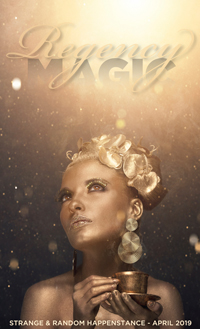
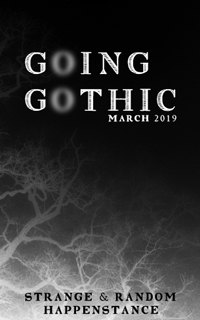
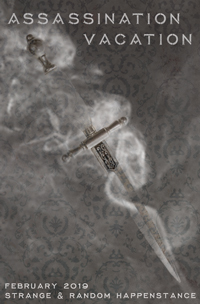
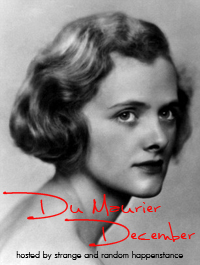
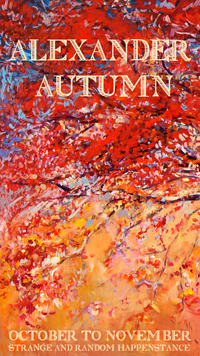
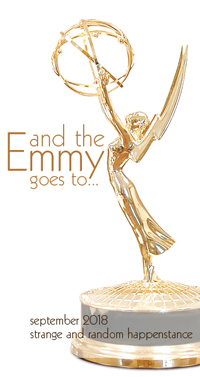

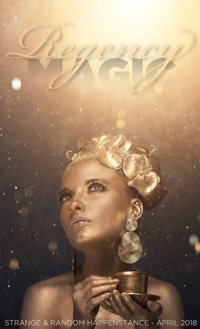


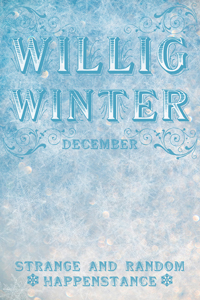

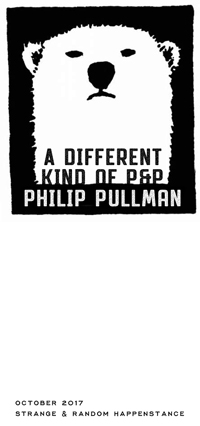


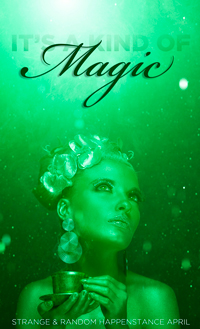
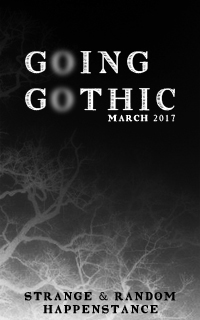

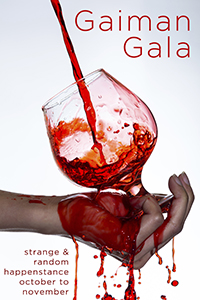
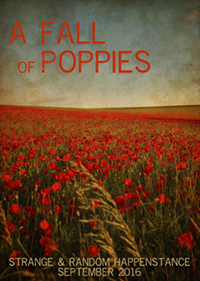

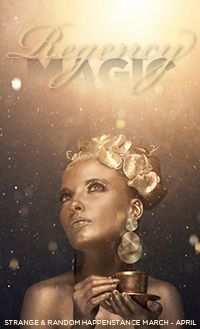

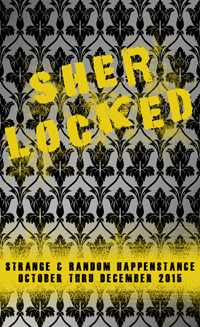
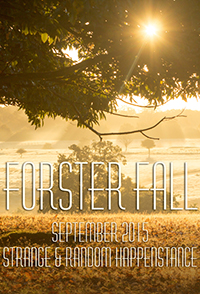
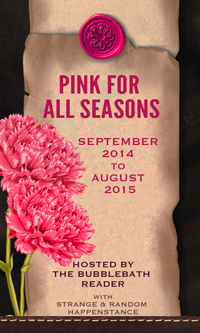
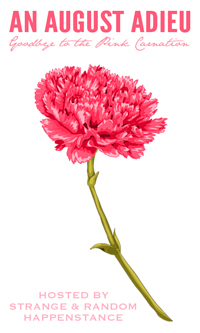

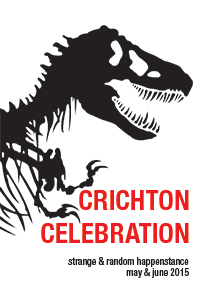


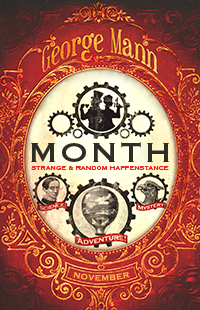

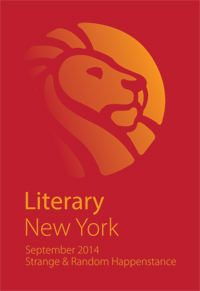
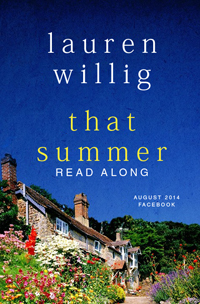



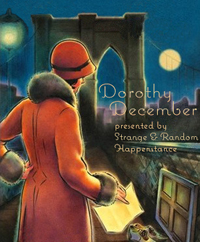























Post a Comment